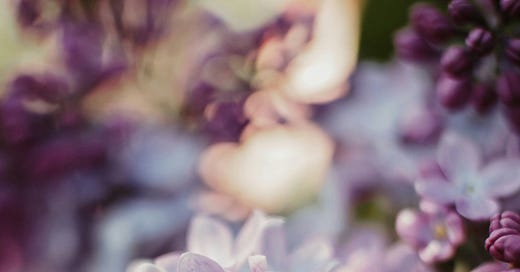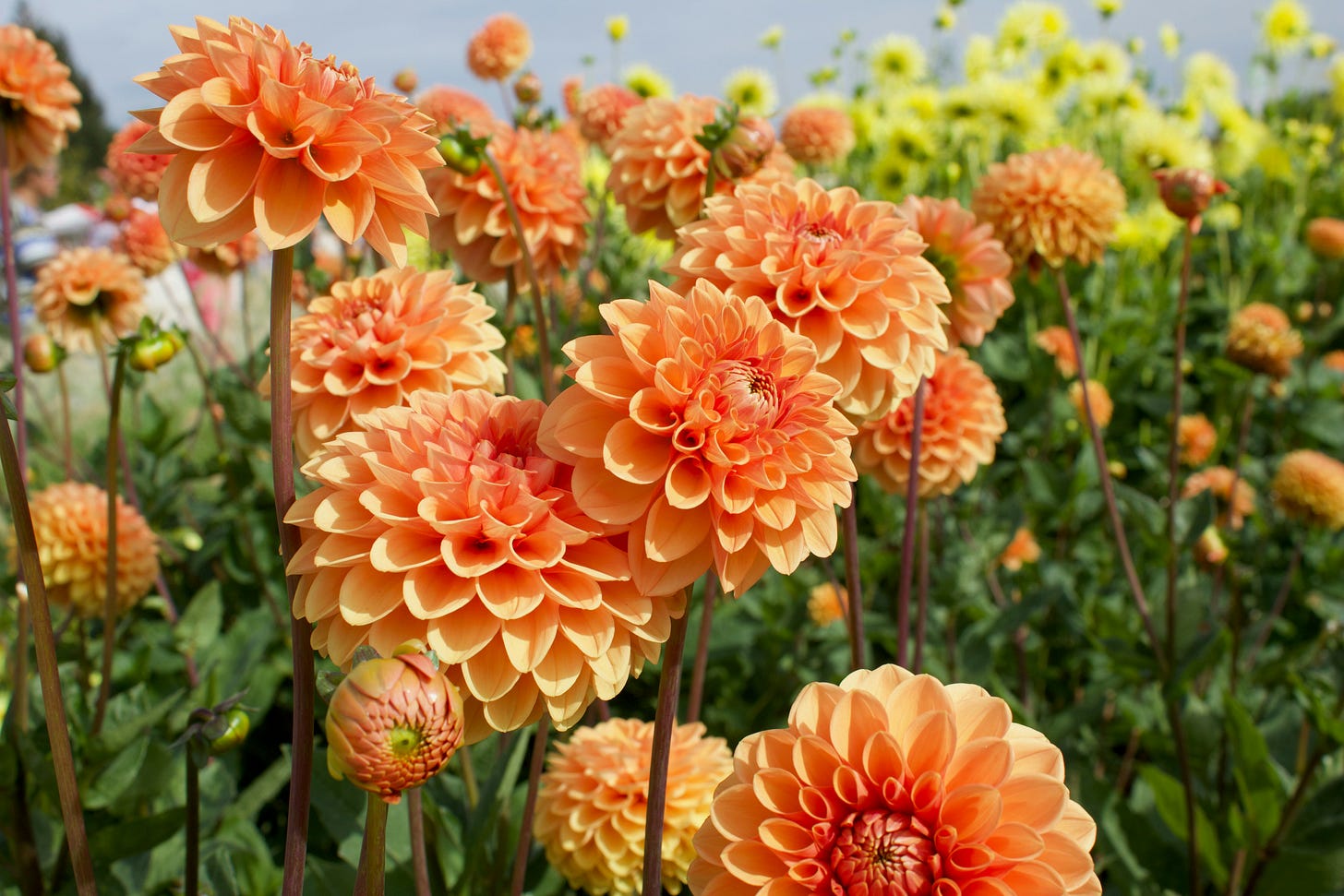February's garden planning always feels like standing at a crossroads. As I thumb through seed catalogs and sketch garden beds on graph paper, I'm struck by how my aesthetic sensibilities—the visions I conjure of the "perfect" garden—are shaped by centuries of imperial botany and colonial plant collecting.
Here in upstate New York, our garden aesthetic is deeply rooted in British colonial heritage. The classic New England garden style that dominates our region didn't emerge organically from this landscape—it was transplanted, like the settlers themselves, from across the Atlantic. These gardens, with their neat borders and imported flowering shrubs, were more than just decorative choices. They were statements of cultural continuity, of maintaining English sensibilities in the New World.
But this February, as I plan my garden, I'm questioning these inherited assumptions. Thanks to the mentorship of a local plant whisperer, a deep dive into garden history has opened my eyes to how botanical imperialism shaped our modern gardens. The Victorian era, in particular, transformed gardening into an expression of empire—botanical gardens and private collections became living catalogs of colonial conquest, with each exotic specimen representing another corner of the world brought under control. Plant collectors scoured colonized lands, treating the world's flora as commodities to be claimed, cataloged, and transplanted at will.
This collecting impulse still echoes in our gardens today. After moving to our property, we discovered that the previous owners had undertaken an ambitious project in the 1990s to plant "every species of lilac in the world" across the grounds. This wasn't just a Victorian-era mindset preserved in amber—it was alive and well in the late 20th century, when global plant markets made such collecting dreams possible. At first, learning about this horticultural quest seemed impressive—what dedication to botanical diversity! And lilacs are truly one of my favorite flowers on earth. The perfume of its buds, the ombre hues and variations of its expression of purple, the sheer delight that it’s blooming brings to an entire eco-system of plants and people. But as the seasons passed, I watched these transplanted lilacs struggle.
The timing is telling: the 1990s predated much of today's native plant movement and our deeper understanding of ecosystem services. It was an era when the question was still primarily "can we grow this?" rather than "should we grow this?" These struggling lilacs, planted just decades ago, bridge the Victorian collector's mindset with our contemporary reassessment of garden ethics. Many barely flowered, their branches reaching awkwardly for light in soil conditions all wrong for their needs. Some died outright, while others limped along, neither thriving nor failing completely.
These struggling lilacs became my first real lesson in the hubris of colonial gardening. Just because we can grow something doesn't mean we should. Each of these lilac species evolved in specific conditions—particular soils, climate patterns, and ecological relationships—that couldn't be fully recreated in our upstate New York yard. The Victorian desire to collect and display the world's botanical diversity often ignored these crucial relationships, treating plants as decorative objects rather than living beings embedded in complex ecological networks.
The plants we consider "normal" in our gardens often arrived through networks of colonial exploitation, but more than that, the very way we think about gardens—as spaces to display our mastery over nature—stems from this imperial mindset. We inherit not just the plants, but the underlying assumption that a garden should demonstrate our ability to make nature conform to our vision.
Take the dahlia, one of my beloved garden flowers. Native to Mexico, these stunning blooms found their way into Europe and then American gardens through centuries of plant exploration and cultivation. While I cherish them in my garden today, their presence here is part of a larger story of how plants moved around the globe alongside empire and colonization. I can't simply categorize it as a colonial intruder—its journey reflects complex histories of cultural exchange, albeit often under unequal power dynamics.
As I order seeds for this year's garden, I'm seeking a middle path. Rather than completely rejecting either my inherited garden aesthetic or the colonial histories it carries, I'm working to create something new. I'm incorporating more native plants that support local ecosystems while keeping beloved non-natives that have become part of our garden heritage. Purple coneflower will neighbor dahlias; native asters will bloom alongside hydrangeas.
This February's garden planning feels less like an exercise in control and more like a conversation—with the land, with history, and with the complex legacy of botanical imperialism. My garden won't erase its colonial roots, but it can grow into something more ecologically and ethically grounded, one thoughtfully chosen plant at a time.







Wow… loved this!